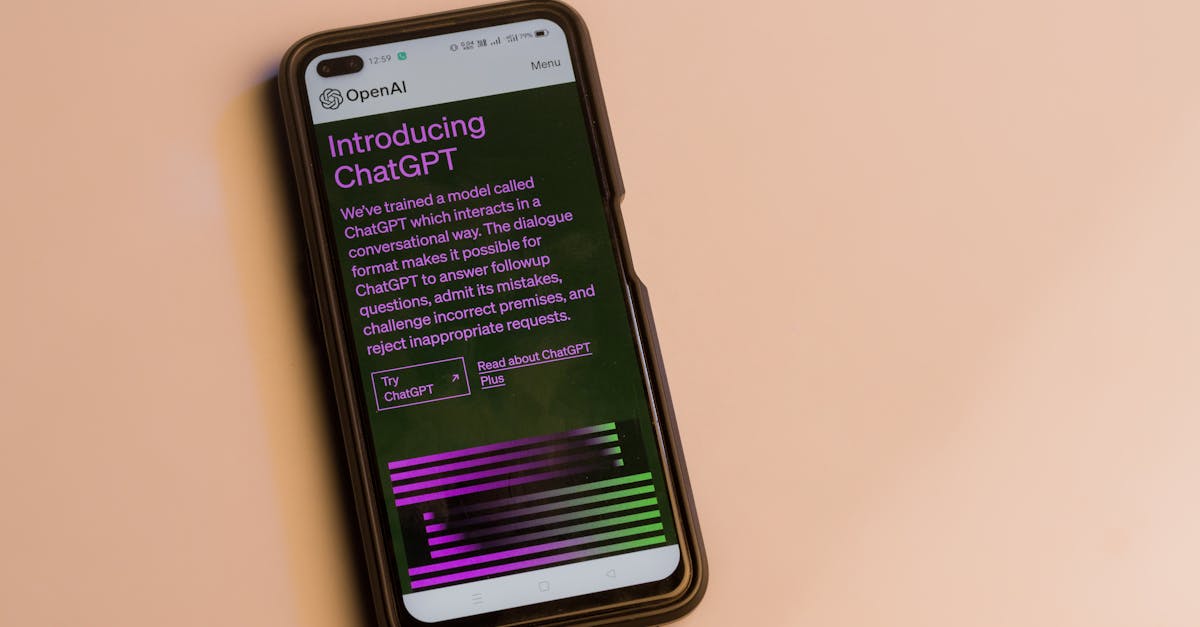Imagine this: you’re on a remote hiking trail, surrounded by nature’s beauty, and suddenly you realize your iPhone’s service bar is as empty as your water bottle. Panic sets in—how will you communicate with the outside world? Don’t fret! Contrary to popular belief, you can still send texts without a cell service.
Table of Contents
ToggleUnderstanding Texting Without Service
Texting without cellular service remains a practical option in various situations. Users can still communicate through alternatives designed specifically for these scenarios.
What Does It Mean to Text Without Cellular Service?
Texting without cellular service refers to sending messages without a traditional mobile network. This occurs when a device connects via Wi-Fi or other means instead of relying on cellular data plans. Messages may transmit through internet-based platforms instead of standard SMS protocols. This situation often applies to users in remote areas or during temporary outages.
Different Methods for Texting Without Service
Several methods allow texting without cellular service. Wi-Fi services enable users to send messages using applications like iMessage, WhatsApp, or Facebook Messenger. Devices can connect to public or private Wi-Fi networks to facilitate this form of communication. Furthermore, satellite messaging devices provide an alternative for those venturing into isolated regions. Some apps support offline messaging, allowing messages to queue until a connection becomes available.
Using Wi-Fi for Texting
Texting without cellular service is feasible through Wi-Fi. This method enables communication in remote areas or places lacking cell coverage.
How to Enable Wi-Fi Calling on iPhone
Enabling Wi-Fi calling on an iPhone is straightforward. Open the Settings app, tap on Phone, then select Wi-Fi Calling. Toggle on the Wi-Fi Calling on This iPhone option. Users must ensure a stable Wi-Fi connection to utilize this feature effectively. An alert may appear, confirming that the user wants to enable Wi-Fi calling. Accepting this confirmation allows the device to utilize available Wi-Fi networks for calls and texts.
Popular Messaging Apps That Function Over Wi-Fi
Numerous messaging apps operate seamlessly over Wi-Fi. iMessage provides direct messaging to other Apple users and includes multimedia options. WhatsApp requires phone number verification and enables users to send texts, voice messages, and pictures. Facebook Messenger allows sending messages and making voice calls through Wi-Fi. Telegram ensures high-security communications and supports large file transfers. Each of these applications offers unique features that enhance connectivity without relying on cellular service.
Utilizing iMessage
iMessage offers a convenient way to text without cellular service when connected to Wi-Fi. Users can send texts, photos, and videos over Wi-Fi, allowing communication even in remote areas.
How iMessage Works Without Cellular Service
iMessage functions through an internet connection, enabling users to send messages without relying on cellular networks. When users connect their iPhones to Wi-Fi, they can access iMessage seamlessly. Messages get sent as data packets rather than through traditional SMS protocols, making it efficient. Group chats and multimedia sharing remain available, enhancing the overall messaging experience. Additionally, iMessage encrypts communications, providing security while messaging.
Limitations of Using iMessage Without Service
iMessage requires an active internet connection, limiting functionality in areas with weak Wi-Fi signals. If the Wi-Fi connection drops, messages won’t send until reconnected. Users can’t reach recipients who don’t use iMessage, as the platform only works with other Apple devices. Delivery receipts and read receipts may also be inconsistent when reliant on Wi-Fi. Language barriers may arise if users lack access to an internet-enabled device.
Other Alternatives for Communication
When cellular service is unavailable, various alternatives exist for staying connected. Exploring these options can enhance communication even in remote areas.
Bluetooth-Based Messaging Apps
Bluetooth-based messaging apps enable users to send texts without relying on a cellular network. Apps like FireChat and Bridgefy function through Bluetooth connections, allowing devices to communicate in close proximity. This method works effectively at events or while traveling in isolated regions. Notifications of incoming messages come through as long as devices stay within Bluetooth range, making it a practical choice for group interactions.
Using Network-Free Messaging Solutions
Network-free messaging solutions provide reliable alternatives when Wi-Fi and cellular networks aren’t accessible. Applications such as Signal Offline and Briar support peer-to-peer messaging without requiring an internet connection. They create direct connections between devices using Wi-Fi Direct or Bluetooth, allowing for seamless exchanges of texts. Users can send messages instantly when they come within range of another connected device, ensuring messages reach recipients even in challenging environments.
Common Issues and Troubleshooting
Several issues may arise when trying to text on an iPhone without service. Users often face problems like poor internet connectivity, which affects message delivery. Message delays can occur, leading to frustration, especially when sending critical texts. Errors with apps may prevent message access, resulting in missed opportunities to communicate. Additionally, Bluetooth proximity messaging apps can have limited range, impacting effectiveness in larger gatherings or remote areas.
Options exist to enhance connectivity and improve messaging experiences. First, enabling Wi-Fi calling in the settings can provide additional options. Users benefit from keeping software updated, ensuring all features function smoothly. Access to public Wi-Fi networks, such as at cafes or libraries, enables effective texting. Users can also explore VPN services to secure and boost their data connection. Finally, utilizing messaging apps that support offline capabilities allows messages to queue and send once a connection reestablishes.
Conclusion
Texting on an iPhone without service is entirely feasible and can provide peace of mind in remote locations. By leveraging Wi-Fi and various messaging apps, users can stay connected even when traditional cellular networks fail.
Whether through iMessage, WhatsApp, or Bluetooth-based alternatives, there are multiple ways to communicate effectively. Understanding how to utilize these options not only enhances safety during outdoor adventures but also ensures users can reach out when it matters most.
With the right tools and knowledge, staying in touch is just a few taps away, regardless of service availability.



